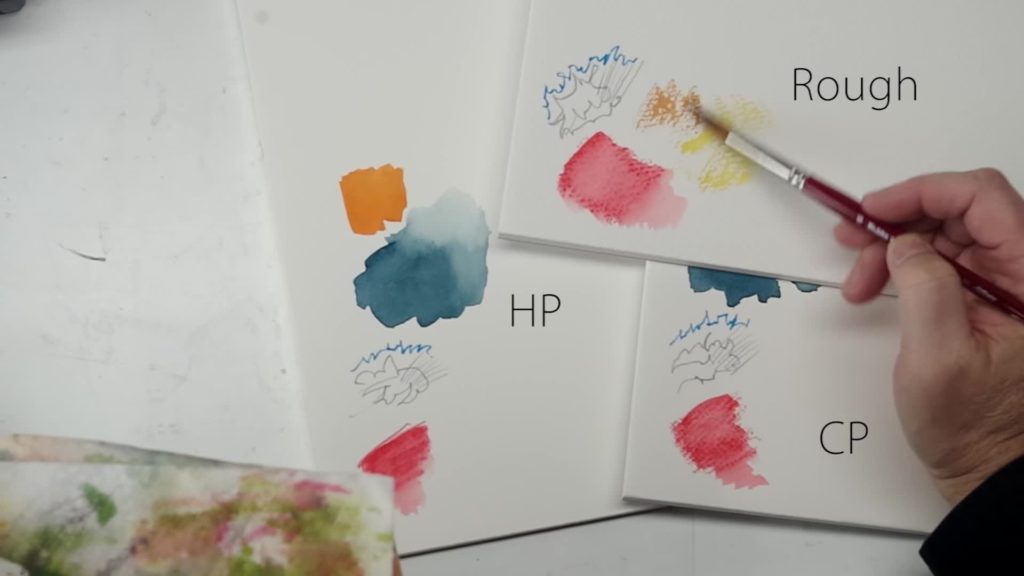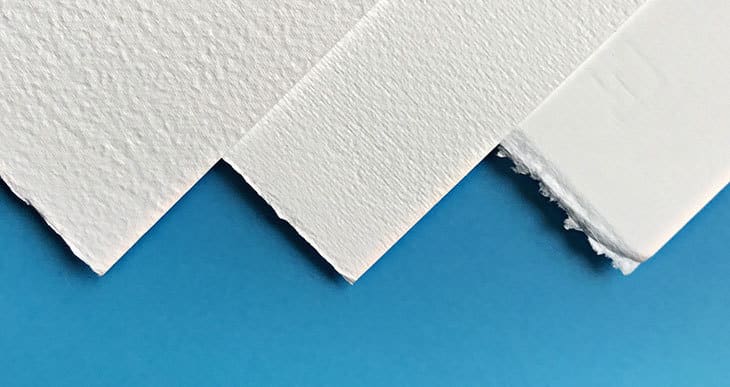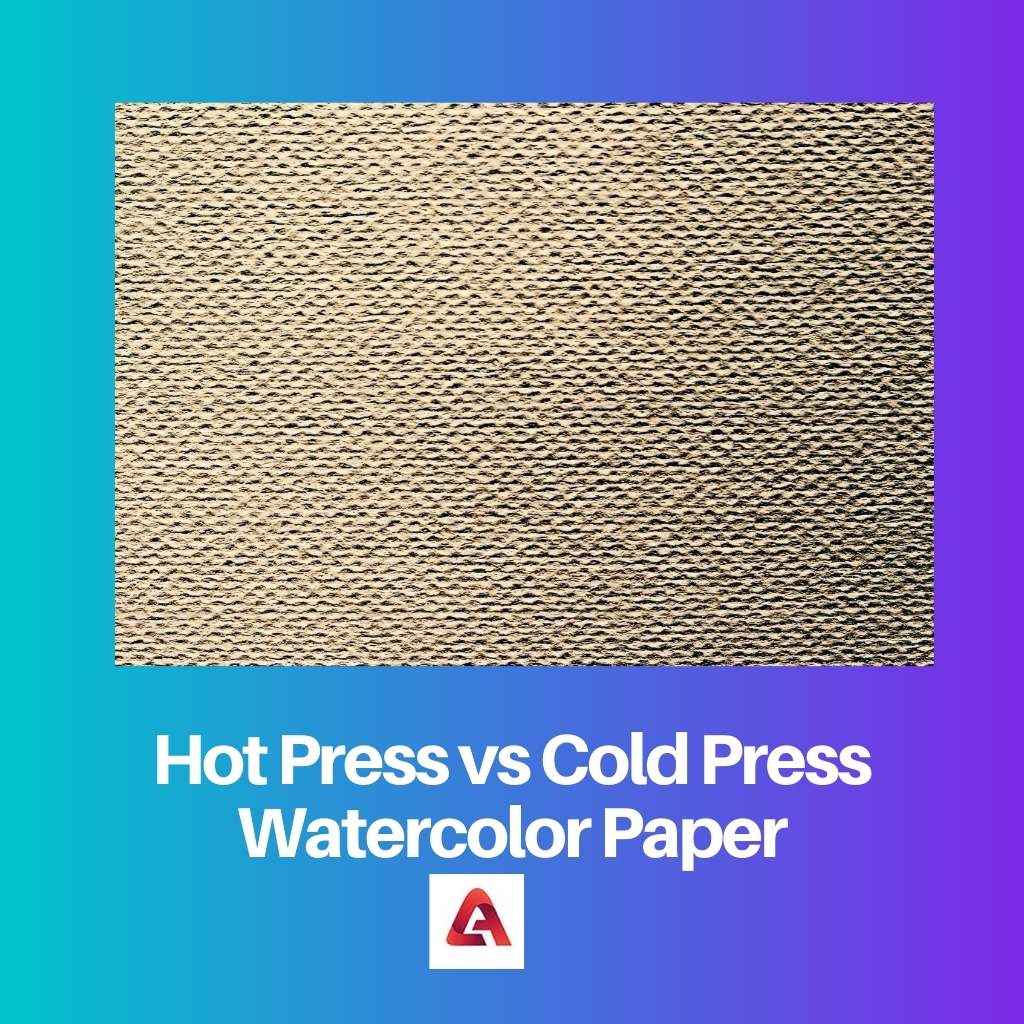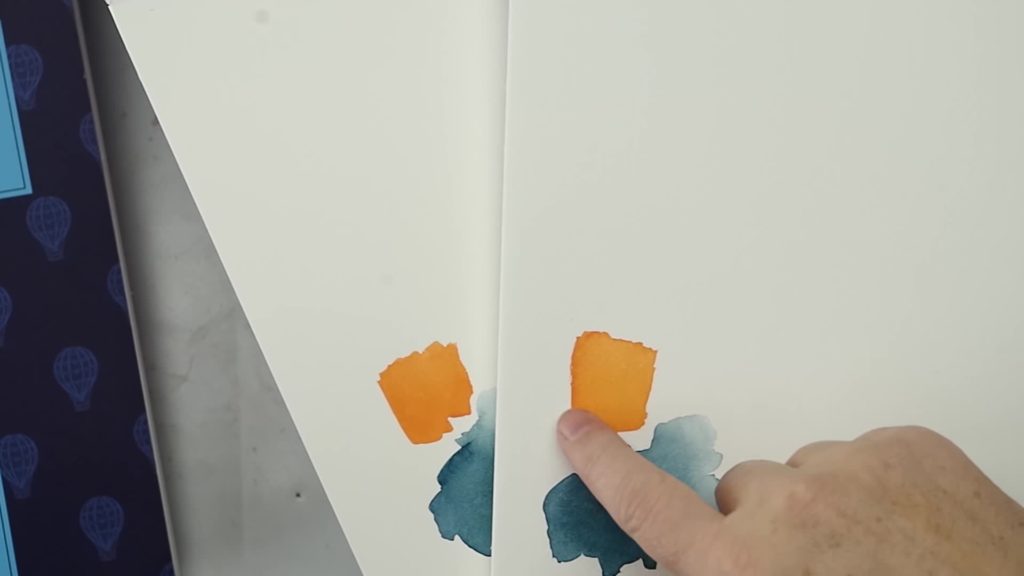Cold Press Vs Hot Press Paper
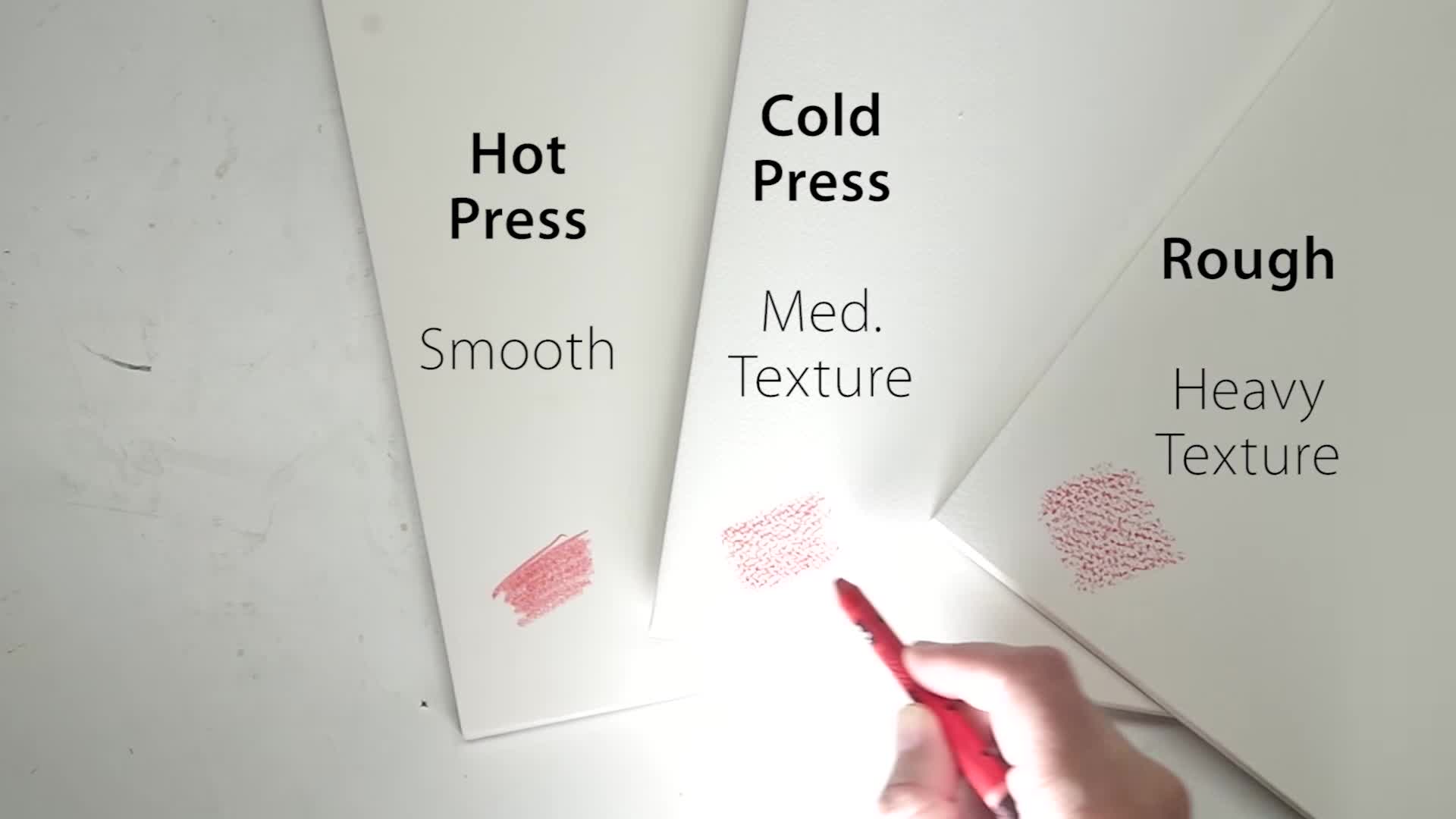
For artists, the choice of paper is as crucial as the paint they use. Among the myriad options available, the selection often boils down to two primary contenders: cold press and hot press watercolor paper. But what distinguishes these two types, and how does their unique texture impact the final artwork?
Understanding the nuances between cold press and hot press paper is essential for artists seeking to achieve specific aesthetic and technical results. The paper choice influences everything from color absorption to brushstroke visibility.
The Nitty-Gritty: What's the Difference?
The terms "cold press" and "hot press" refer to the manufacturing process of the paper. This process heavily impacts the paper's surface texture.
Cold press paper, also known as "NOT" (meaning not hot-pressed), is dried naturally, resulting in a textured surface. This texture is created by the pressing of the paper pulp between textured rollers or blankets.
Hot press paper, on the other hand, is pressed between heated rollers, creating a smooth, almost polished surface. The heat and pressure compress the fibers, resulting in a less absorbent and smoother finish.
Key Characteristics & Usage
Cold Press Paper: The defining characteristic of cold press paper is its rough, textured surface. This texture, sometimes referred to as "tooth," offers several advantages for watercolor and other wet media techniques.
The textured surface grips the paint well, allowing for better color saturation and the creation of interesting granular effects. It's also more forgiving for beginners, as the texture can help mask imperfections.
Cold press is widely favored for landscape paintings, botanical illustrations, and works where texture and vibrancy are desired. Its ability to handle multiple washes and lifting techniques makes it a versatile choice.
Hot Press Paper: Hot press paper boasts a smooth, almost silky surface. This smoothness is ideal for detailed work and techniques that require precision.
The lack of texture allows for fine lines, intricate details, and smooth washes. However, it can be more challenging to work with, as the paint tends to sit on the surface rather than being absorbed.
Hot press is frequently chosen for portraiture, detailed illustrations, and works that require a high degree of realism. It's also a popular choice for pen and ink work, as the smooth surface allows for crisp, clean lines.
The Artist's Perspective
"The choice between cold press and hot press really comes down to personal preference and the desired effect," explains Evelyn Reed, a local watercolor artist. "I often use cold press for landscapes because I love the texture it creates, but I switch to hot press when I'm working on portraits that require a lot of detail."
Many artists keep both types of paper on hand, selecting the appropriate one based on the specific project. Experimentation is key to discovering which type best suits an individual's style and technique.
Beginners might find cold press more forgiving to learn on. Its texture helps control the flow of the paint.
Environmental Considerations
Increasingly, artists are also considering the environmental impact of their paper choices. Both cold press and hot press papers can be made from sustainable sources, such as recycled fibers or responsibly managed forests.
Look for certifications like the Forest Stewardship Council (FSC) label to ensure that the paper has been sourced sustainably. Choosing acid-free paper is also important for archival quality and longevity.
The manufacturing processes themselves also have environmental implications. Some mills are taking steps to reduce water usage and waste, making them more environmentally responsible choices.
Beyond Watercolor
While primarily associated with watercolor painting, both cold press and hot press papers can be used for other media. Acrylic paints work well on both surfaces, although cold press may provide better adhesion.
Pastels and colored pencils also perform differently on each paper type. The texture of cold press can help grip the pigment, while the smooth surface of hot press allows for smoother blending.
Even printmaking techniques can benefit from the unique qualities of each paper. The choice depends on the desired texture and detail in the final print.
Making the Right Choice
Ultimately, the decision between cold press and hot press paper is a matter of artistic preference. There's no inherently "better" option; each offers unique qualities that can enhance different artistic styles and techniques.
Experimenting with both types of paper is essential for any artist seeking to expand their creative possibilities. Consider the desired level of detail, the medium being used, and the overall aesthetic goal when making your selection.
By understanding the nuances of cold press and hot press paper, artists can make informed choices that elevate their artwork and unlock new creative avenues.
